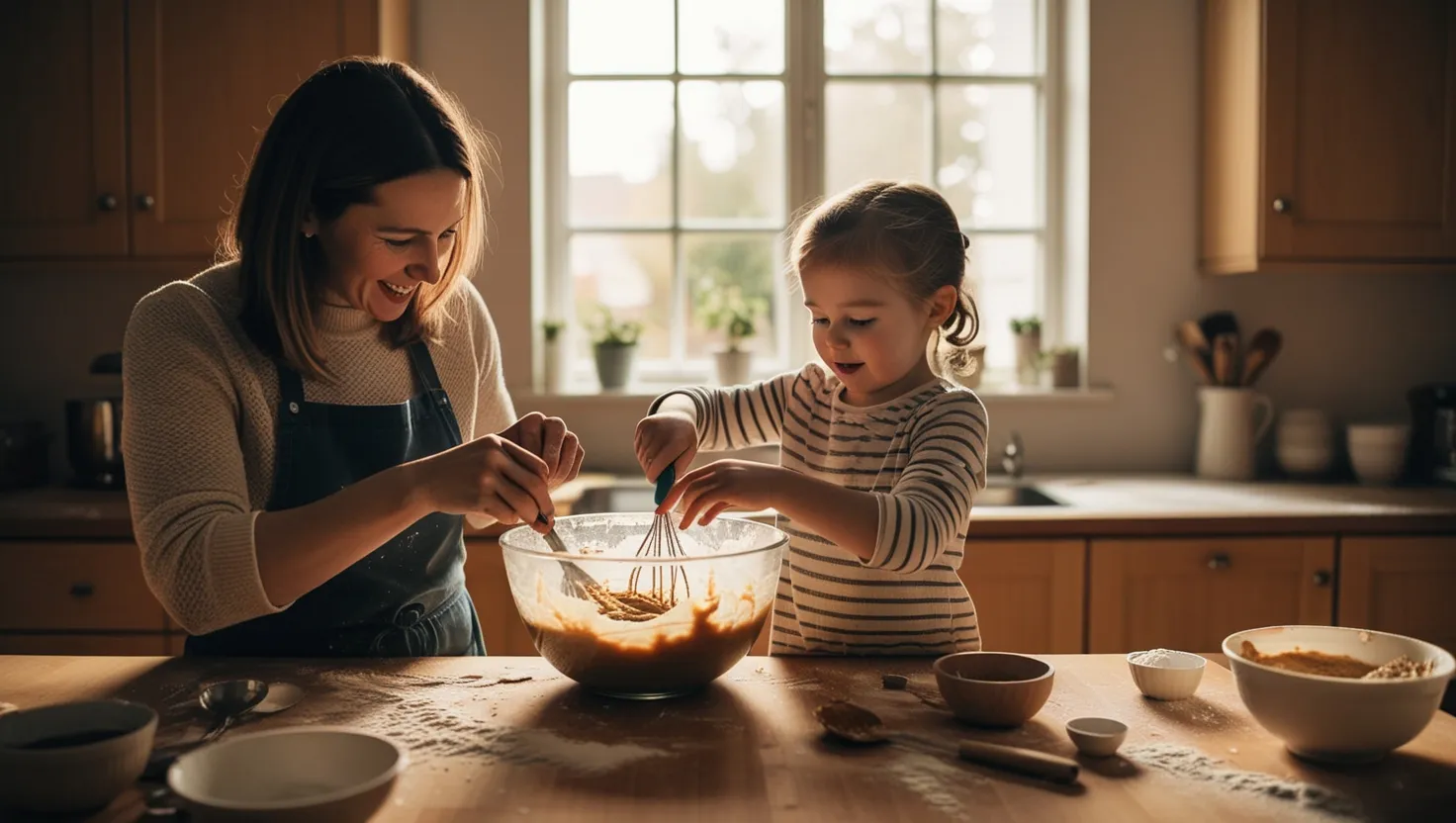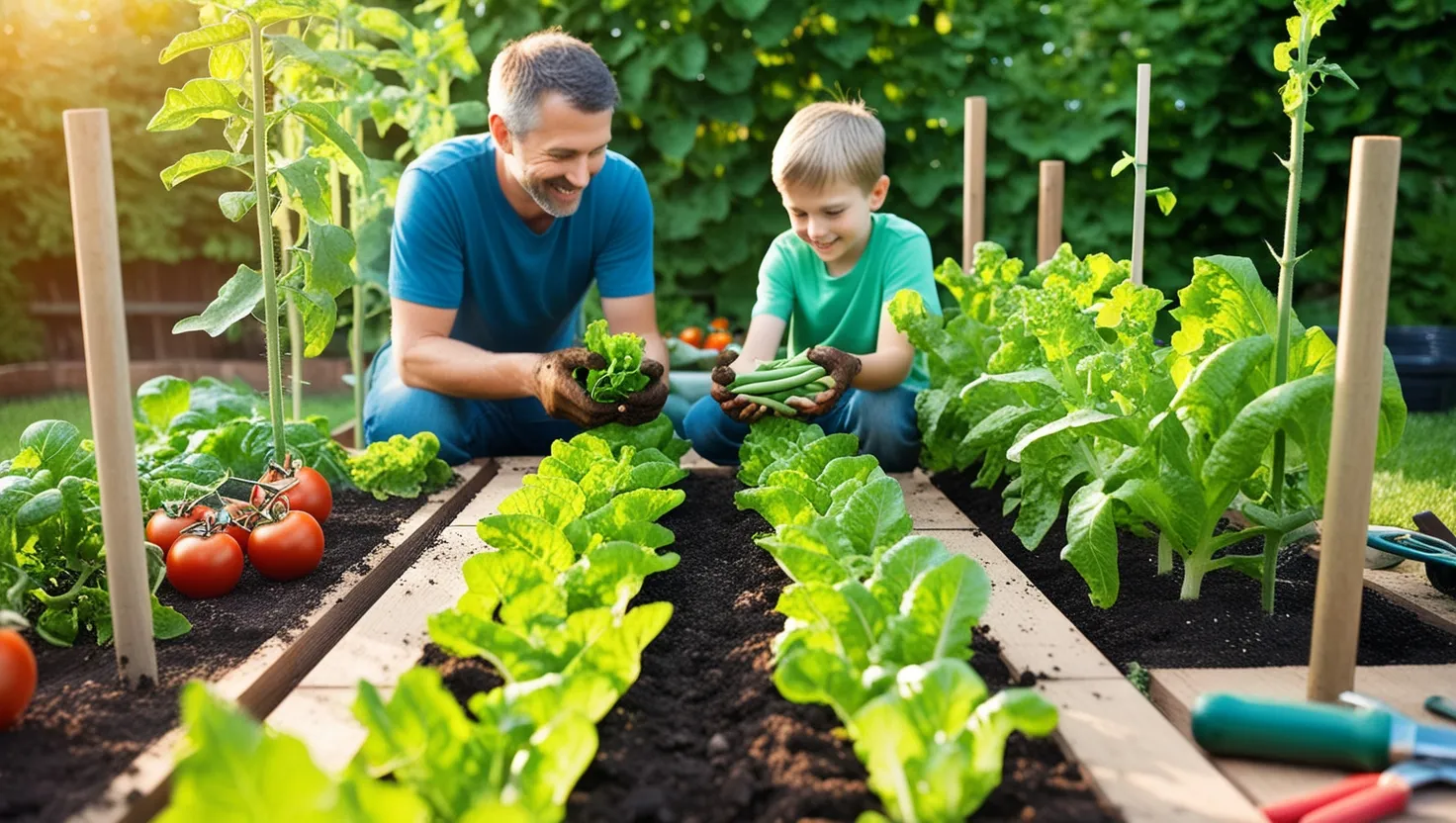Every year, my son’s birthday brings a fresh burst of excitement and a quiet audit of my baking toolkit. For a single mom like me, the birthday cake is more than flour and frosting; it’s a small act of celebration, a sugary symbol that says, “Today, you matter.” Yet, in 2025, with ingredient prices climbing faster than balloons at a children’s party, this tradition seems to demand as much financial creativity as culinary skill.
The pinch of inflation isn’t just a headline or an abstract concern. It’s the shrinking pound of butter, the smaller bag of flour, and the price tag on a half-pint of vanilla that leaves you blinking in disbelief. Have you ever wondered if the secret to resilience might be waiting right there in your kitchen cabinet? I certainly did the first time I realized I couldn’t afford to bake my son’s favorite double-chocolate cake exactly as the recipe promised.
For a moment, I considered skipping the cake altogether. After all, cakes are a luxury, right? But then I heard my son recount last year’s birthday in vivid detail—how the kitchen smelled, how the frosting was just sweet enough, how he felt special. So I asked myself: Could cutting sugar or swapping eggs for applesauce deliver more than just savings? Could recipe tweaks themselves become part of our family lore?
“If you want to change the world, go home and love your family.”
—Mother Teresa
We decided to turn our baking into a kind of experiment. Instead of silently absorbing the disappointment, I invited my son to help. We pulled out old recipes and scanned for expensive ingredients. Butter? We measured how much we really needed. Chocolate? We tried blends of cocoa powder and leftover holiday bars. Each change sparked a little debate and a lot of laughter. If you’ve ever let a child decide whether to add sprinkles or skip them, you know the magic in handing over a bit of control.
Have you ever substituted applesauce for eggs? We discovered it not only reduced costs but made the cake extra moist. When vanilla extract seemed out of reach, we scraped a little zest off an orange. That moment—sticky hands, orange-scented batter—became a memory far richer than a perfect three-layer cake.
“In the sweetness of friendship let there be laughter, for in the dew of little things the heart finds its morning and is refreshed.”
—Khalil Gibran
The process reminded me of the stories I’d read from bakers around the world. In times of scarcity, kitchens become laboratories, and resilience is baked one compromise at a time. I learned that many home bakers, facing rising costs, trimmed recipes, swapped ingredients, and still pulled off celebrations that lingered in memory. Some even started small businesses, turning necessity into innovation.
A mother in Manila, for instance, found that offering tiny, affordable cakes for neighborhood birthdays built a loyal following—proving you don’t have to go big to carve out a place in the market. Another baker in Scotland shared how “range rationalisation,” or focusing on a few proven favorites, kept her costs down and waste minimal. There’s a quiet heroism in this, the sort you rarely see spotlighted.
The most surprising lesson? My son became more curious about money, math, and cooking. He compared ingredient costs, calculated how much flour was left, and even suggested skipping the icing some weeks to save a little more. Our kitchen conversations shifted from “what can’t we afford” to “how can we make this work?” It felt empowering, not punitive.
Have you talked to your children about inflation? I hadn’t, not until flour prices forced the conversation. Kids notice more than we think. By including my son in the choices, I was giving him a toolkit he could use well beyond our kitchen—resourcefulness, patience, and a dash of humor.
“There is no love sincerer than the love of food.”
—George Bernard Shaw
Sometimes we’d test two versions of a cake: one with all the usual fixings, and one with budget substitutions. We’d blind-taste them, then pick our favorite. More often than not, the “cheaper” cake held its own. Every failed experiment became a story. Remember the pancake-cake that sagged in the middle? Or the year we decorated with jam instead of frosting? These weren’t failures; they were lessons, memories, and quiet victories.
To anyone who feels the squeeze of rising costs, I’d ask: What if the solution isn’t to do less, but to do it differently? Could your kitchen transform small sacrifices into shared joy? In our home, the tradition survived—adapted, maybe, but never abandoned.
I began to see inflation less as an inevitable villain and more as a prompt—a reason to invite my son into the decision-making, to teach him that birthdays are about creativity, not extravagance. Have you ever realized after the fact that the simpler moments are the ones you remember most? Our pared-down cakes—sometimes one layer, sometimes decorated with just a dusting of sugar—were the ones we talked about for weeks afterward.
“Do what you can, with what you have, where you are.”
—Theodore Roosevelt
Looking back, the rising price of cake ingredients did more than squeeze my budget. It gave us a crash course in adaptation, a chance to connect, and the opportunity to turn what felt like a loss into a string of small, sweet triumphs. Baking together became about more than the product—it was about process, patience, and pride.
Today, when I buy flour or eggs, I see not just numbers on a receipt but potential. Each adjustment to a recipe is a quiet act of hope. And every birthday cake we bake—no matter how simple—bears the memory of a family that refused to let changing times steal its traditions.
So next time the cost of ingredients makes you think twice about baking a cake, remember this: Sometimes the real recipe for resilience is hidden in the willingness to adapt, include, and try again. And in the end, those are the flavors you’ll savor longest.






